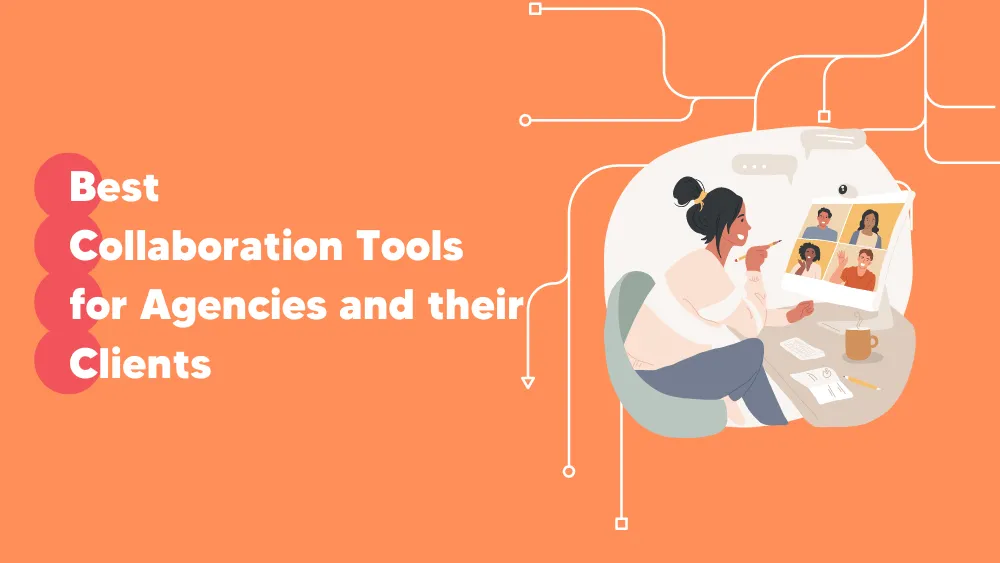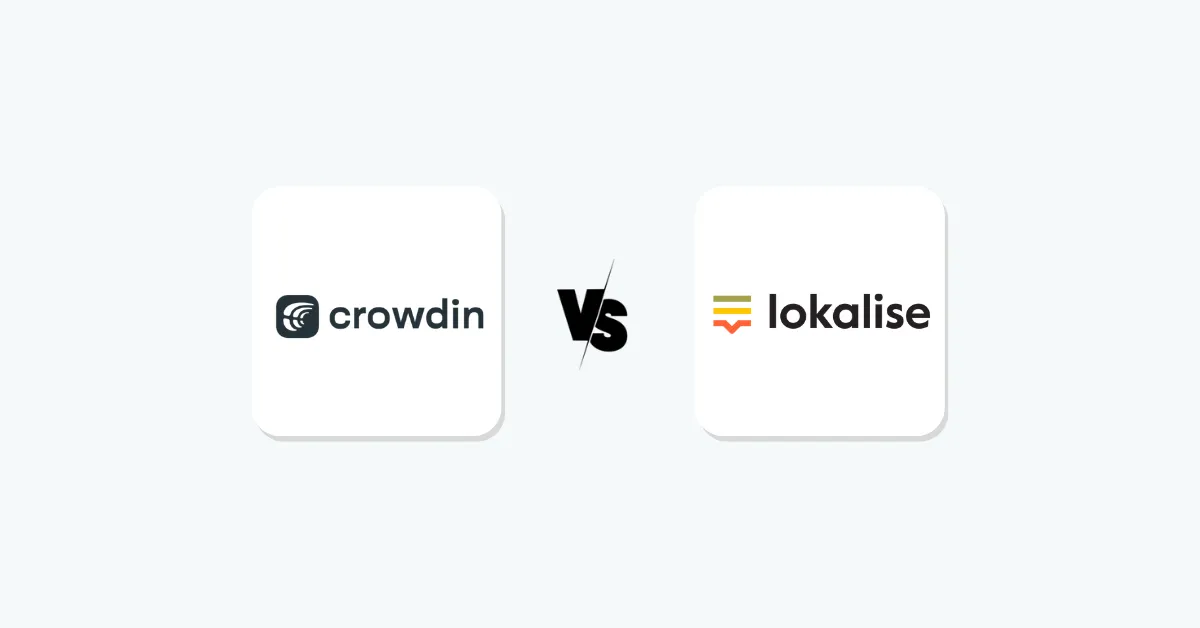Brainstorming or building? The right collaboration tool can make or break your team’s creative flow.
Key Takeaways- Digital whiteboards like Miro and Figma are transforming how teams collaborate, especially in remote and hybrid work environments.
- These platforms support real-time teamwork, visual brainstorming, and seamless communication across departments and disciplines.
- Choosing the right tool depends on whether your focus is creative brainstorming, project planning, or detailed product design.
Miro and Figma are two powerful tools that help teams think, create, and collaborate – just in different ways. Whether you’re mapping out ideas or designing user interfaces, choosing the right tool can boost creativity and workflow.
Let’s find out which one is the real deal!
Overview of Miro vs Figma
First step – understand what each platform is and what it does. Then, we can go further to Miro vs Figma head-to-head features.
What is Miro?
If you’re wondering what Miro is and why it is an important name for collaboration, I have the answer.
Miro is a collaborative online whiteboard built for real-time teamwork across distributed teams.
It offers a flexible space for brainstorming, strategy planning, and visual collaboration, perfect for mapping out ideas and workflows.
With smart tools like diagramming and journey mapping, plus easy app integrations, Miro helps teams move faster and stay aligned.

Using Miro’s online whiteboard, teams can stay in sync and complete tasks more quickly and effectively, whether they are conducting remote training or collaborating on product development.
What is Figma?
Figma is a cloud-based design tool that allows teams to collaborate in real time on product design and development.
The Figma board allows teams to work seamlessly on a single shared file, simplifying and improving the effectiveness of the design process.
Figma includes features like UI/UX design tools, code inspection, and prototyping, making the shift from design to development easier.

It also has a user-friendly interface, real-time collaboration, and AI-powered features, making it easier than ever for teams to generate ideas, revise designs, and turn concepts into fully functional products.
This is great news for teams looking to increase the productivity of their design processes.
Miro vs Figma – Features comparison
Common Features Between Miro and Figma-
Real-Time Collaboration
Miro: Great for workshops and brainstorming sessions since it enables numerous users to work simultaneously on an online whiteboard.

Figma: Helps designers collaborate easily on UI/UX projects by working in real-time on the same Figma board.

-
Visual Cooperation
Miro: Provides visual brainstorming, mind mapping, and flowchart tools that are ideal for strategy and planning meetings.

Figma: The tool of choice for producing complex, interactive visual designs since it focuses on UI/UX design, wireframing, and prototyping.

-
Cross-Device Access
Miro: Accessible on desktop, tablet, and mobile, allowing teams to contribute to brainstorming or planning from anywhere.Figma: Also available across devices, ensuring that designers can update and view designs on the go.
-
Templates and Pre-Built Assets
Miro: Suitable for a variety of industries, this tool offers a large collection of templates for tasks.

Figma: Provides templates made especially for product development, prototyping, and UI/UX design, assisting design teams in getting started on projects quickly.

-
Integration With Other Tools
Miro: Offers flexibility across processes through integration with a wide range of project management and communication applications, including Jira, Trello, Slack, and many more.
Figma: Easily integrates with development tools and Slack and Jira systems, facilitating handoffs.
Unique Features of Miro and Figma
Miro’s Unique Features-
Templates and Brainstorming Tools
Miro provides simple-to-use tools for drawing mind maps, flowcharts, and other diagrams, which simplify the visualization and planning of complicated processes for both professionals and non-experts.
These technologies assist teams in simplifying workflows and streamlining technical duties into an understandable visual manner.

-
Infinite Canvas
Miro’s infinite canvas allows teams to visualize complex ideas without any space limitations. It’s like a digital whiteboard, helping users to expand and organize their thoughts freely.

-
Facilitation Tools
Miro online whiteboard offers built-in facilitation tools designed to enhance workshops and meetings. Miro streamlines collaboration and ensures productive sessions with features like voting, timers, and sticky notes.

-
Vector-Based Design Tools
Figma’s vector-based design environment is ideal for prototyping and UI/UX design. Thanks to this functionality, designers can produce complex, scalable graphics with consistent quality across a range of devices.

-
FigmaJam for Brainstorming
One of Figma’s features, FigmaJam is intended for rapid wireframing and brainstorming. This tool promotes creativity and teamwork by making it easy for teams to work together on initial design concepts.

-
Design Systems
Figma is particularly well-suited for creating and maintaining design systems. This helps consistency in design elements across different projects and teams.
The Figma board serves as a central workspace for these systems, improving collaboration and helping team members stay aligned in their design efforts.
Miro Products and Tools
-
Miro Online Whiteboard
The online whiteboard at the center of Miro is a powerful instrument that allows teams to work together visually from any location. With the Miro online whiteboard, teams can easily share ideas and stay in real-time alignment.

-
Enterprise Solutions
Miro offers enterprise-grade functionality, including improved admin controls, SSO (Single Sign-On), and advanced security standards for larger organizations.
These characteristics guarantee that companies may grow their collaborative efforts safely while controlling data and team access.

-
Team Collaboration Tools
Miro also provides a range of complex instruments that are intended to increase team output. These communication tools, which range from agile workflows to sprint planning and retrospectives, are designed to support teams in maintaining organization and accelerating project progress.

Whether you’re using the Miro free version or exploring premium features, it’s designed to simplify teamwork.
Figma Products and Tools
-
Figma Design
UI design and prototyping in a group setting are made possible by Figma’s vector-based design tool, which is the core of the platform.
Collaborating in real-time via the Figma board eliminates the need for back-and-forth emails and version control concerns while facilitating quick revision and improvement of concepts.

-
FigJam
Designed to complement Figma’s primary design tool, FigmaJam is a specialized brainstorming tool. It works well for wireframing, brainstorming rapidly, and working together throughout the early stages of a project.
FigmaJam facilitates quick prototyping and collaborative refinement of concepts before teams move on to more in-depth design development.
If you want to see how Miro vs FigJam compare, you can read our dedicated article.

-
Figma Prototyping
Users can generate fully interactive prototypes within the design environment using Figma’s prototyping tools.
This tool ensures a smooth design-to-development process by making it simple to replicate app or website functionality, test user flows, and gather feedback – all while remaining within the Figma board.

Miro Pricing vs. Figma Cost
Reaching an important point, which is pricing, let’s see how Miro vs Figma stands.
Miro Pricing
Free Plan – $0/mo
- Unlimited team members
- 3 editable boards
- 5 Talktracks for interactive video walkthroughs
- Access to 2,500+ templates
- 100+ integrations
- Miro AI (10 credits/mo)
Miro Starter Plan – $10/mo per member
- Unlimited boards
- Unlimited visitors on public boards
- Unlimited Talktracks
- Private Mode
- Board version history
- Miro AI (25 credits/mo)
- High-quality board exports
Figma Cost
Free Plan
- Figma editor
- 3 collaborative design files
- Unlimited personal drafts
- Basic file inspection
Figma Professional Plan – $15/full seat/mo
- Unlimited Figma files
- Team libraries
- Advanced prototyping Dev Mode
- Unlimited version history
- Shared and private projects
Miro Pricing Plans for Businesses
- Miro Business Plan – $16/mo per member (billed annually) or $20/mo (monthly)
- Miro Enterprise Plan – Custom pricing (starting from 30+ members)
Figma cost for Businesses
- Figma Organization Plan – Cost: $45/full seat/mo or $25/mo for Dev Mode only (billed annually)
- Figma Enterprise Plan – Cost: $75/full seat/mo or $35/mo for Dev Mode only (billed annually)
Miro Use Cases
-
Remote Teams
Miro online whiteboard is an ideal solution for remote teams needing to collaborate visually on strategy sessions, brainstorming, and agile workflows.
-
Non-Design Professionals
This platform is perfect for non-design professionals who need a simple, visual tool for planning and meetings.
Figma Use Cases
-
UI/UX Design Teams
Figma is the preferred tool for UI/UX design teams building software, apps, and websites. Using the Figma board, teams may work together in real time on projects, which facilitates project conception, prototyping, and improvement.
-
Agencies and Freelancers
Because of its collaborative features, Figma is a great option for agencies and freelancers who manage several client projects.
Conclusion on Miro vs Figma
Miro and Figma each offer unique strengths depending on your team’s needs. Miro is ideal for teams looking for an intuitive online whiteboard, perfect for brainstorming, planning, and visual collaboration.
Its versatile tools make it easy for remote teams and non-design professionals to collaborate in real time.
On the other hand, Figma is a powerful platform designed for UI/UX design teams. It excels in creating detailed prototypes, managing design systems, and facilitating collaboration across design projects.
Ultimately, the decision between Figma and Miro comes down to your unique needs. Figma is the obvious choice if design and prototyping are your main concerns.
However, Miro is your best option if you’re searching for a versatile tool for teamwork, planning, and strategy.








